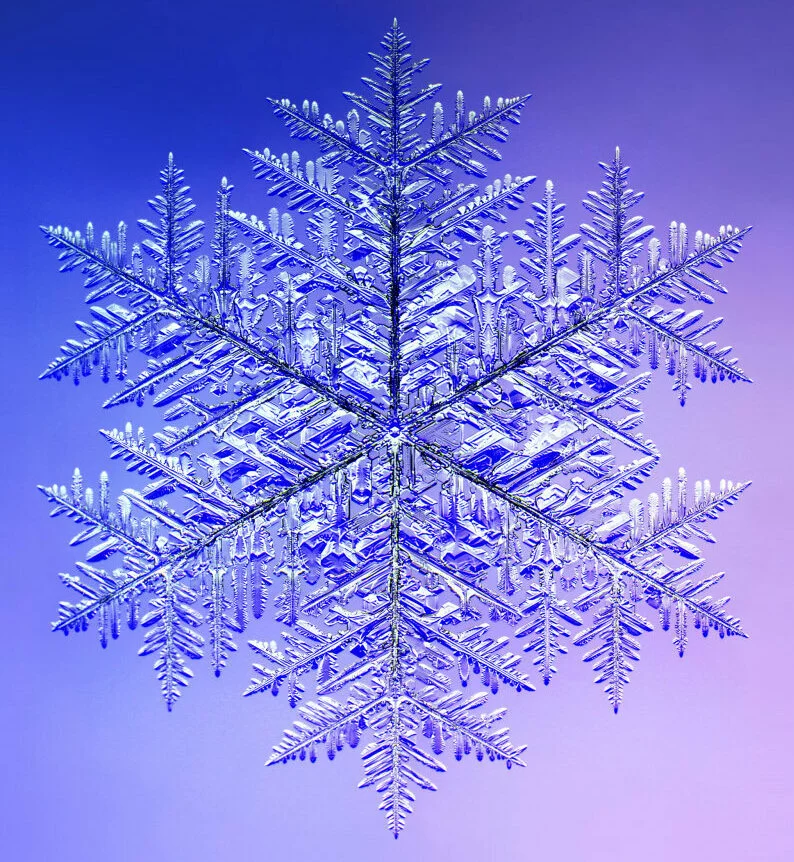Here’s a question to ponder during these cold, wintry days: How big can snowflakes get?
Part of the answer depends on what you mean by the word “snowflake.” The other part of that answer depends on who you ask.
If you consult the Guinness World Record keepers, they say that the “largest snowflake” is one that fell near Missoula, Montana in 1887. It reportedly was 15 inches in diameter and 8 inches thick.
But that claim used to really bug Kenneth Libbrecht, a Caltech physicist with a special interest in snow.
“There’s a little problem with the language,” says Libbrecht. “When people hear ‘the world’s biggest snowflake,’ they always imagine a snow crystal, which is a different beast entirely.”
A snow crystal with six-fold symmetry is the kind of snowflake you might cut out of folded paper with scissors.
But the word “snowflake” also can refer to white puffballs that drift down from the sky, which are made of many individual snow crystals that have collided and gotten entangled.
So about six months ago, Libbrecht contacted the folks at Guinness World Records and basically told them, look, your snowflake record is potentially confusing.
He suggested adding an additional record, for the ‘largest individual snow crystal.’
Read more at NPR.org



